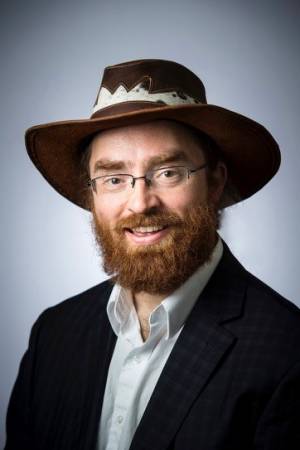
1:00 pm to 2:00 pm
Newell-Simon Hall 4305
Abstract: Locomotion and perception are a common thread between robotics and biology. Understanding these phenomena at a mechanical level involves nonlinear dynamics and the coordination of many degrees of freedom. In this talk, I will discuss geometric approaches to organizing this information in two problem domains: Undulatory locomotion of snakes and swimmers, and vibration propagation in spider webs. In the first section, I will discuss how differential geometry and Lie group theory provide insight into the locomotion of undulating systems through a vocabulary of lengths, areas, and curvatures. In particular, a tool called the *Lie bracket* combines these geometric concepts to describe the effects of cyclic changes in the locomotor’s shape, such as the gaits used by swimming or crawling systems. Building on these results, I will demonstrate that the geometric techniques are useful beyond the “clean” ideal systems on which they have traditionally been developed, and can provide insight into the motion of systems with considerably more complex dynamics, such as locomotors in granular media. In the second section, I will turn my attention to vibration propagation through spiders’ webs. Due to poor eyesight, many spiders rely on web vibrations for situational awareness. Web-borne vibrations are used to determine the location of prey, predators, and potential mates. The influence of web geometry and composition on web vibrations is important for understanding spider’s behavior and ecology. Past studies on web vibrations have experimentally measured the frequency response of web geometries by removing threads from existing webs. We have constructed physical artificial webs and computer models to better understand the effect of web structure on vibration transmission. These models provide insight into the propagation of vibrations through the webs, the frequency response of the bare web, and the influence of the spider’s mass and stiffness on the vibration transmission patterns.
Brief Bio: Ross L. Hatton is an Associate Professor of Robotics and Mechanical Engineering at Oregon State University, where he directs the Laboratory for Robotics and Applied Mechanics. He received PhD and MS degrees in Mechanical Engineering from Carnegie Mellon University, following an SB in the same from Massachusetts Institute of Technology. His research focuses on understanding the fundamental mechanics of locomotion and sensory perception, making advances in mathematical theory accessible to an engineering audience, and on finding abstractions that facilitate human control of unconventional locomotors. Hatton’s group also works with local industry to transfer modern developments in robotics from the lab to the factory or commercial production.
Host: Howie Choset
Point of Contact: Peggy Martin (pm1e@andrew.cmu.edu)
HYBRID EVENT BOTH IN PERSON AND ONLINE
